 Building Supporters Services
High Performance Colorado Inspection Report Review: Second Opinion + Re-Inspections
Building Supporters Services
High Performance Colorado Inspection Report Review: Second Opinion + Re-Inspections
When clarity and precision are key to making an intelligent decision, settling for the standard is...
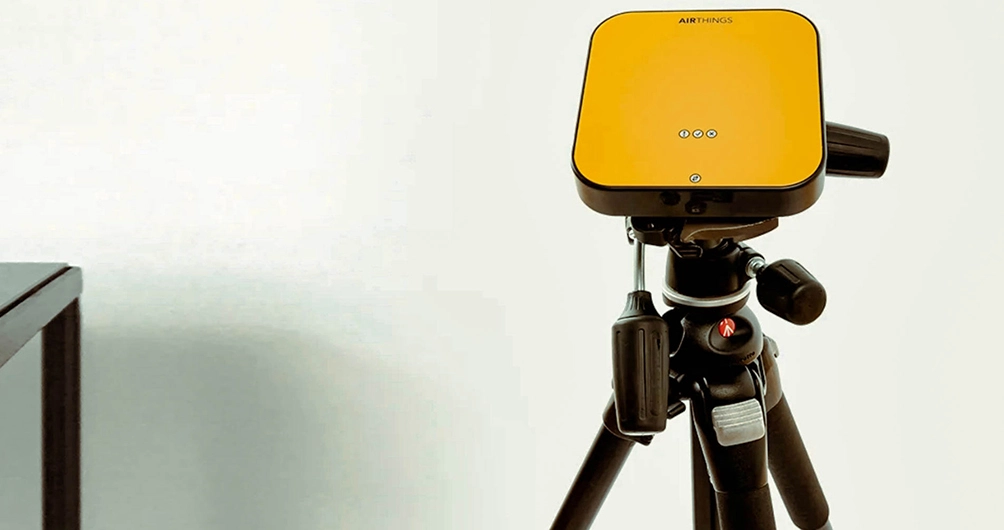
Schedule now. Get transparent pricing plus instant, easy online scheduling.
Get Your ePriceThe startling reality is that the majority of our lives, approximately 90%, are spent enveloped within indoor spaces. In fact, we take over 20,000 breathers of air each day.
The issue of indoor air pollution has escalated into a formidable concern with energy efficiency improvements leading to tighter and tighter buildings. It’s easy to fall into the comforting belief that the air within the sanctuaries of our walls is pure and devoid of danger.
In reality, research indicates that indoor air quality is a far greater health hazard than outdoor air pollution with pollutants being up to 100x higher indoors. (EPA, American Lung Association 2010; U.S. Consumer Product Safety Commission (CPSC) 2012; US Environmental Protection Agency 2012a) This revelation is alarming—the air we depend on for life’s breath, instead, harbors the potential to stealthily compromise our health.

The question then arises: what menaces lurk within the air of your home or building? The air could be teeming with pernicious particles, toxic chemicals, volatile organic compounds (VOCs), mold spores, and allergens. These invisible invaders are capable of inflicting damage on your respiratory system, igniting allergic reactions, diminishing lung capacity, and heightening the risk of grave diseases, including cancer and cardiovascular conditions.
High-performance indoor air quality testing empowers you with crucial insights into the identity and impact of indoor pollutants. It’s a decisive step towards safeguarding your future health, demonstrating a commitment to fostering a healthier living space. In essence, the air within our most frequented spaces should be a source of life, not a silent enemy. Reclaim the sanctity of our indoor air, ensuring it nourishes rather than harms.
Detection of Harmful Substances: Air testing can detect a variety of harmful substances in indoor air, including mold, sewer gas, heavy metals, formaldehyde (building materials), carbon monoxide, radon, and volatile organic compounds (VOCs). Building Supporters also utilizes advanced tools such as combustible gas leak detectors to inspect wood stoves, gas range, fireplaces and other heating devices.
Biological Contaminants, Allergens and Dust: Dust, mold, and other allergens can accumulate in indoor air, causing discomfort and health problems for people with allergies or respiratory issues: Dust particles, dust mites, dog dander, cat dander, cockroach, mice, pollen, and smoke.
Poor Ventilation (CO2): Improper air exchange results in increased viral load (if lacking) and high operating costs (if excessive). Air testing can help determine if the air quality is being affected by poor ventilation and provide recommendations for improving it. Additionally, carbon monoxide (CO) can be lethal due to build up from unvented or clogged heating systems, furnaces, chimneys, stoves, fireplaces, and gas appliances.
Hospital-Grade IAQ Solutions: Trap ultrafine particles (0.003 microns) and biological containments including viruses and bacteria with our filtration education and on-site assessment review. Building Supporters not only provides superior accurate testing and data, but also offers a world-class expertise and insights, from MERV-16 indoor filtration, supply and diffuser ductwork condition to exterior air-infiltration.
We utilize calibrated and highly specialized sensors including: PID (Photo Ionization Detector), Thin-film capacitive, Dual-wavelength NDIR (Nondispersive Infrared), Electro-Chemical, Passive Diffusion Chamber Alpha Spectrometry, Silicon Photodiodes and more. Plus scientific grade instruments including: Thermo-Hygrometers, Gas Analyzers, Particle Counters, Combustible Gas Detectors, IAQ Meters, Radon Measurement Devices and more.
We test for:
We visually inspect for:
Mold, Moisture & Humidity: Utilizing cutting-edge tools like pinless moisture meters and infrared thermal cameras, we identify potential mold issues, including hidden plumbing leaks and improper exterior drainage. Our approach is proactive; upon discovery, we document mold presence and propose next steps, including lab analysis, tailored to each situation.
Asbestos: We assess asbestos risks by examining materials such as Transite pipe, vermiculite insulation, and vinyl floor tiles, particularly in older buildings. Recognizing the danger of airborne asbestos fibers to indoor air quality, we provide strategic recommendations for lab testing and professional evaluations to safeguard occupants.
Smoke and Fire Damage: Our team evaluates buildings for signs of past smoke or fire damage, considering factors like proximity to wildfire-prone areas. Identifying these risks, we offer precise recommendations for laboratory testing and further assessment to ensure the safety and integrity of the structure.
Corrosive Drywall: We meticulously inspect for signs of corrosion on pipes, HVAC units, and metallic fixtures, with a keen eye for Chinese drywall indicators. Discovering any suspect materials triggers a detailed report and guidance on pursuing laboratory tests to confirm the presence of corrosive elements and determine the next steps.
Building Supporters takes samples from at least 2 locations within the home, typically where dampness or mold is suspected or at risk.
Historically, the industry only analyzes 20 to 30% of a sample, because it simply takes humans too long to analyze more. However, spores often clump together and are not evenly distributed across a sample. By not analyzing the whole sample, there can be large variations of high and low counts, depending on if the analyst missed groups of spores.
Our laboratory partner uses cutting-edge AI technology to analyze 100% of every sample. Provided are clear results, informative graphics, and trace images to show you exactly what your air looks like under the microscope.
Sample trace image:

Additionally, Building Supporters also takes into consideration KEY components before proving mold result interpretations. While others simply give you a data report and guesswork, our response takes into account expert consideration of: Site History, Occupant Interviews (when required), Geographic Location, Time Of Day, Nearby Land Use, Number Of Samples, Indoor Micro-Climates, Visual Inspection, Efficiency Of Sampling Device, and Seasonal Variability.
We test for: Non-fungal Particulate (Particles found per m3): Hypha, Pollen, Skin Fragment Human, Skin Fragment Animal, Carbon Dust, Soil, <2.5 Microns, 2.5-10 Microns, >10 Microns. Fungal Classifications (Spores found per m3): Asp/Pen String Chaetomium, Clado-Sphaerospermum, Fusarium, Gliomastix, Scopulariopsis, Stachybotrys, Trichoderma, Ulocladium, Wallemia, Arthrinium, Ascospore, Basidiospore, Bipolaris, Bispora, Botrytis, Brachysporium-like, Cercospora, Chaetoconis, Coelomycete, Curvularia, Epicoccum, Exosporium, Fusicladium, Lasiosphaeria, Mitospore, Myrothecium, Nigrospora, Oidium, Paecilomyces, Peronospora, Pestilotiopsis, Pithomyces, Polythrincium, Pyricularia, Smut, Periconia, Myxomycete-like, Spegazzinia, Stemphylium, Torula, Trichocladium, Urediniospores, Zygomycetes, Zygophiala
AHERA, NIOSH, ASTM, ISOI, EPA, IRSST, TEM, PLM, and more.
Subslab Soil Gas: Propylene, Freon 12(Dichlorodifluoromethane), Freon 114(1,2-Dichlorotetrafluoroethan Chloromethane, n-Butane, Vinyl chloride 1,3-Butadiene, Bromomethane Chloroethane, Ethanol, Bromoethene(Vinyl bromide), Freon 11(Trichlorofluoromethane) Isopropyl alcohol(2-Propanol), Freon 113(1,1,2-Trichlorotrifluoroethan Acetone, 1,1-Dichloroethene, Acetonitrile, Tertiary butyl alcohol(TBA) Bromoethane(Ethyl bromide) 3-Chloropropene(Allyl chloride) Carbon disulfide, Methylene chloride, Acrylonitrile, Methyl-tert-butyl ether(MTBE), trans-1,2-Dichloroethene, n-Hexane, 1,1-Dichloroethane, Vinyl acetate, 2-Butanone(MEK) cis-1,2-Dichloroethene, Ethyl acetate, Chloroform, Tetrahydrofuran, 1,1,1-Trichloroethane, Cyclohexane, 2,2,4-Trimethylpentane(Isooctane), Carbon tetrachloride, n-Heptane, 1,2-Dichloroethane, Benzene, Trichloroethene, 1,2-Dichloropropane, Methyl Methacrylate, Bromodichloromethane, 1,4-Dioxane, 4-Methyl-2-pentanone(MIBK), cis-1,3-Dichloropropene**, Toluene, trans-1,3-Dichloropropene** 1,1,2-Trichloroethane, 2-Hexanone(MBK), Tetrachloroethene, Dibromochloromethane 1,2-Dibromoethane, Chlorobenzene, Ethylbenzene, Xylene (p,m), Xylene (Ortho), Styrene, Isopropylbenzene (cumene), Bromoform, 1,1,2,2-Tetrachloroethane, 4-Ethyltoluene, 1,3,5-Trimethylbenzene, 2-Chlorotoluene, 1,2,4-Trimethylbenzene, 1,3-Dichlorobenzene, 1,4-Dichlorobenzene Benzyl chloride 1,2-Dichlorobenzene, 1,2,4-Trichlorobenzene, Hexachloro-1,3-butadiene, Naphthalene
Heavy Metals In Air (NIOSH 7300/7303): Ag (Silver), Al (Aluminum), As (Arsenic), Au (Gold), B (Boron), Ba (Barium), Be (Beryllium), Bi (Bismuth), Ca (Calcium), Cd (Cadmium, Ce (Cerium), Co (Cobalt), Cr (Chromium), • Cu (Copper), Fe (Iron), Hg (Mercury), K (Potassium), Li (Lithium), Mg (Magnesium), Mn (Manganese), Mo (Molybdenum), Na (Sodium), Ni (Nickel), P (Phosphorus), Pb (Lead), Pd (Palladium), Pt (Platinum), Rh (Rhodium), S (Sulfur), Sb (Antimony), Se (Selenium), Si (Silicon), Sn (Tin), Sr (Strontium), Th (Thorium), Ti (Titanium), Tl (Thallium), U (Uranium), V (Vanadium), W (Tungsten), Zn (Zinc), Zr (Zirconium)
Additional: Asbestos, Vermiculite. Need something tested that’s not listed? Chances are we CAN test for it.
High performance IAQ testing:
Have questions, unusual complexities or demanding requirements? Contact us for fast same/next day proposals and answers.
26 million Americans, including 6 million children, are battling asthma—a condition painfully exacerbated by poor indoor air quality. The increase in asthma cases among children by 160% over the past decade is a clear call to action.
It’s not just about being physically fit or mentally strong; it’s also about ensuring the air we breathe supports our health rather than undermining it. Taking personal responsibility to improve indoor air quality, whether through regular ventilation, using air purifiers, or minimizing the use of harmful chemicals indoors, is a step toward safeguarding our health and ensuring we are performing at our peak, unfettered by the avoidable burden of polluted air.
The EPA and WHO addresses common symptoms and chronic health impacts related to poor Indoor Air Quality:
Disclaimer: Although many individuals experience symptomatic relief from reductions of airborne microbial contamination, indoor air environmental quality is highly complex and effected by many factors. Each individual has different sensitivities to pollutants, pollutant levels or environmental conditions. Individuals with pre-existing allergic conditions, respiratory problems or other symptoms should always consult a competent physician. Building Supporters cannot and does not express any opinion on individual health problems or their elevation from reduction of microbial contamination. Accordingly, Building Supporters specifically disclaims any health or individual or collective symptomatic relief.
We cover a 75+ mile radius of Boulder: Same-day reports. Fully Insured. Save more money: We inspect, test, report, and protect more - way more. The difficult done immediately. The impossible takes a little longer. Miracles by appointment. Schedule today.

 Building Supporters Services
High Performance Colorado Inspection Report Review: Second Opinion + Re-Inspections
Building Supporters Services
High Performance Colorado Inspection Report Review: Second Opinion + Re-Inspections
When clarity and precision are key to making an intelligent decision, settling for the standard is...
 Building Supporters Services
High Performance Nationwide Remote Inspection Report Review: Second Opinion
Building Supporters Services
High Performance Nationwide Remote Inspection Report Review: Second Opinion
When you’re making crucial decisions about property investments, the accuracy and clarity of your inspection report...
 Building Supporters Services
High Performance Nationwide Remote Inspection: Live Video Consultation
Building Supporters Services
High Performance Nationwide Remote Inspection: Live Video Consultation
Ready to revolutionize the way you handle your property challenges? Forget waiting; let’s dive straight into...
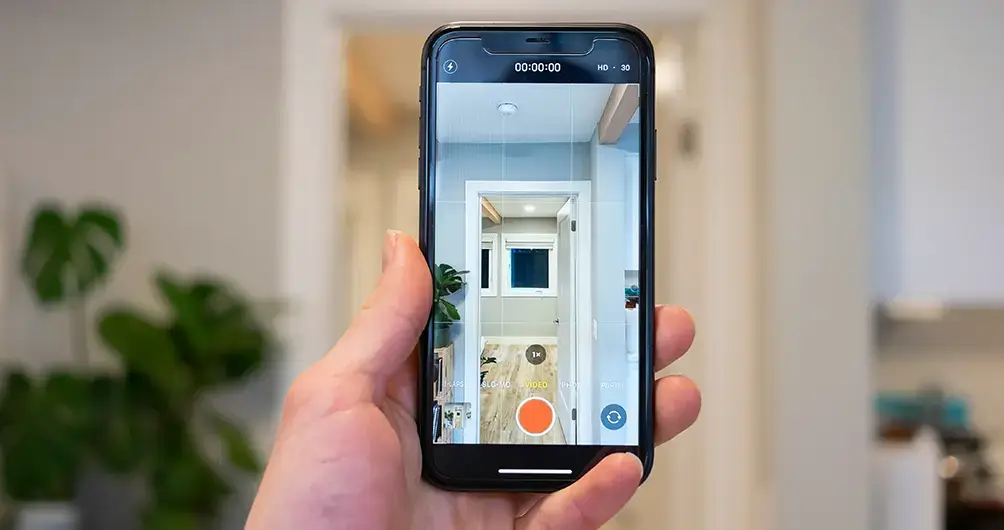 Building Supporters Services
High Performance Nationwide Remote Inspection: Photo/Video Evaluation
Building Supporters Services
High Performance Nationwide Remote Inspection: Photo/Video Evaluation
Elevate your property experience with ultra-responsive remote evaluation services. When you need instant answers, we’re here...
 Building Supporters Services
High Performance Colorado Commercial Inspections, Building Surveys + Condition Assessments
Building Supporters Services
High Performance Colorado Commercial Inspections, Building Surveys + Condition Assessments
Unparalleled due diligence to maximize your investment: Your ultimate safeguard against the cascade of potential pitfalls...
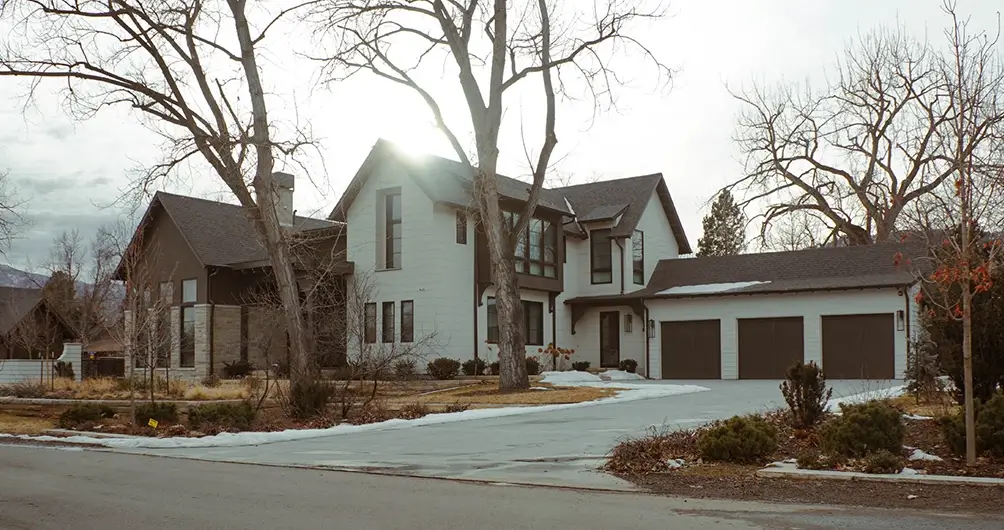 Building Supporters Services
High Performance Colorado Pre-Purchase Residential Home Inspections
Building Supporters Services
High Performance Colorado Pre-Purchase Residential Home Inspections
Whether it’s your first home or fifth, dream home or just a stepping stone, make sure...
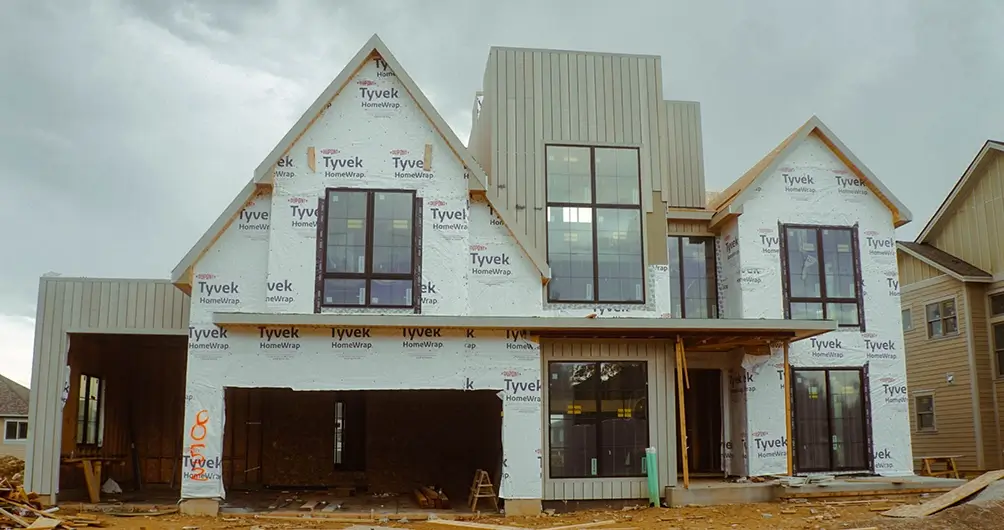 Building Supporters Services
High Performance Colorado Residential New Home Construction Inspections (Pre-Drywall & Phases)
Building Supporters Services
High Performance Colorado Residential New Home Construction Inspections (Pre-Drywall & Phases)
The best money you will ever spend while constructing a new home. Period. Full stop. In...
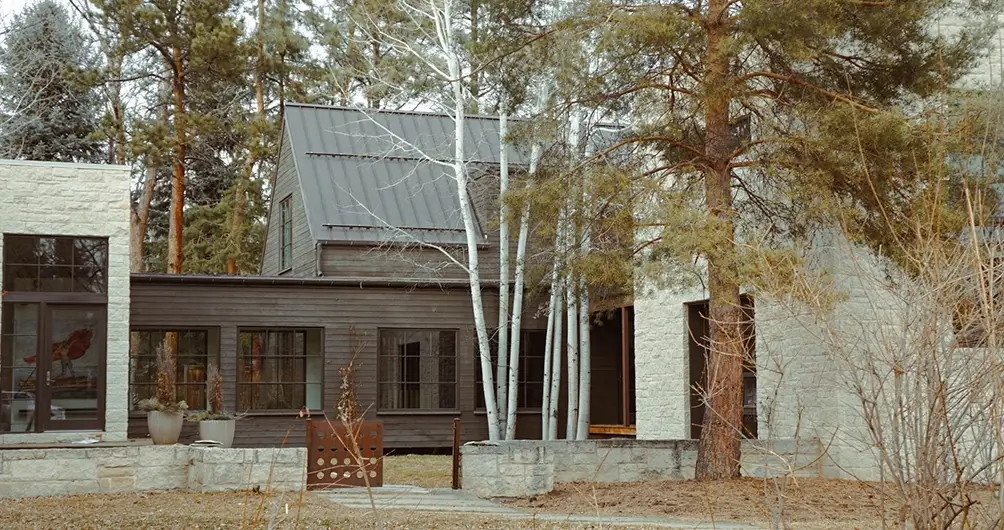 Building Supporters Services
High Performance Colorado Pre-Listing Inspections
Building Supporters Services
High Performance Colorado Pre-Listing Inspections
It’s not a matter of IF defects are found, but rather WHEN. No matter how picture-perfect...